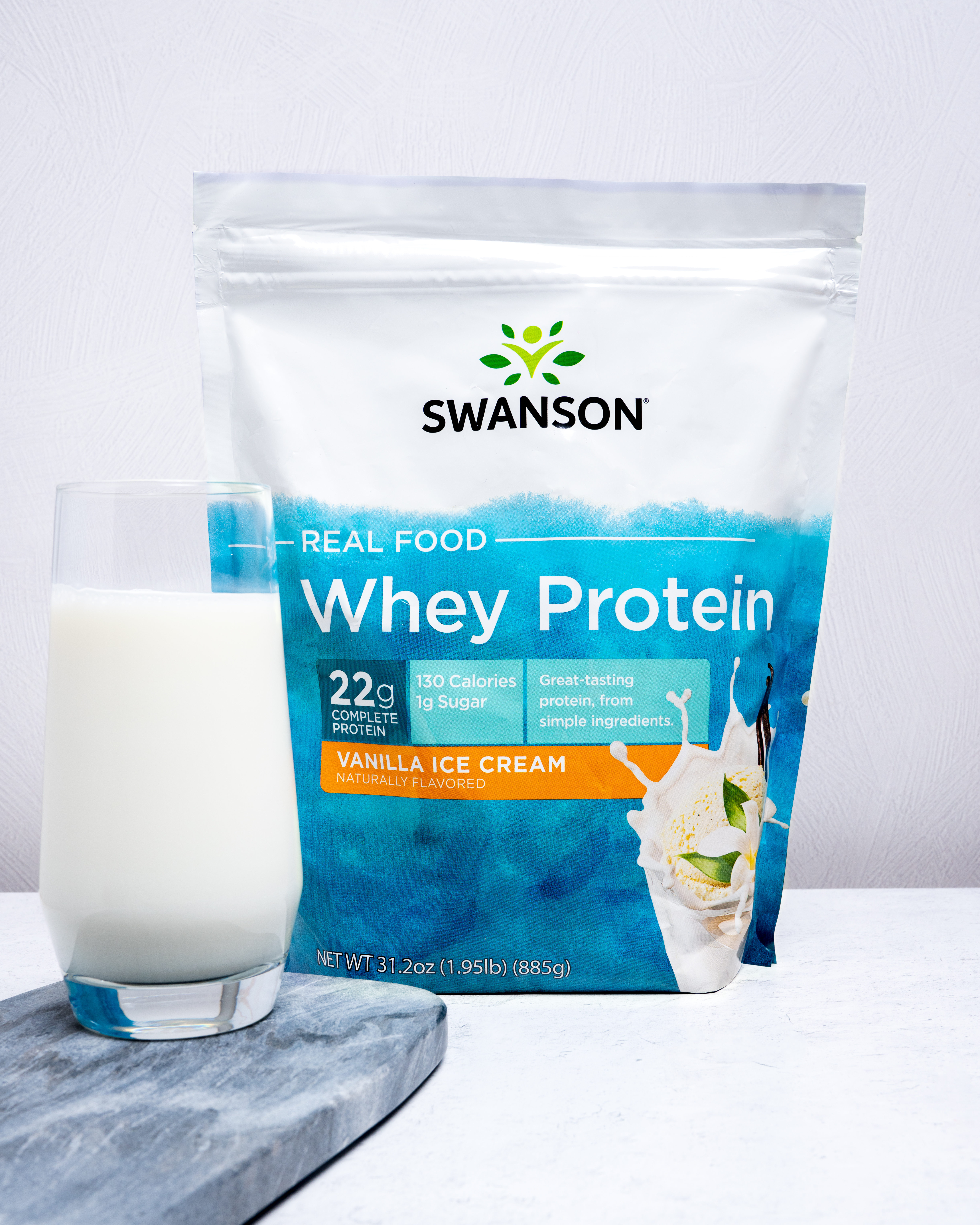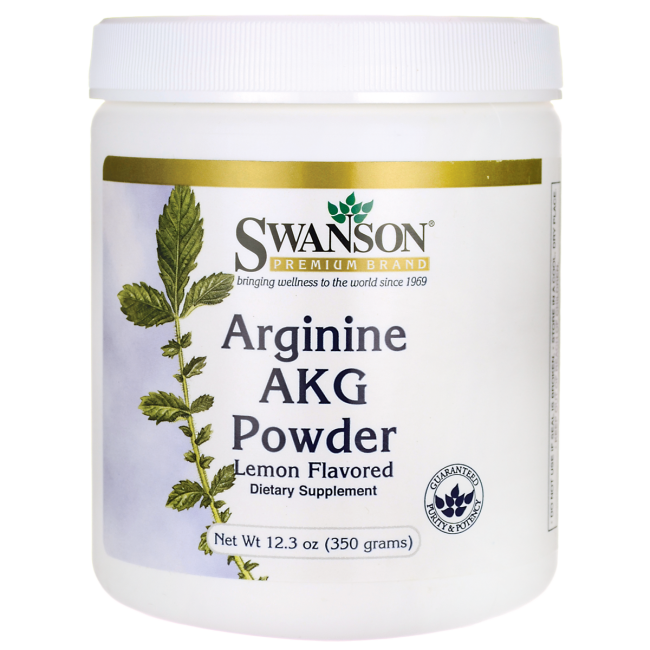What is Whey Protein?
Whey protein is a popular supplement, especially among those looking to boost their exercise or workout results, but what is whey protein? The simplest answer is that whey protein is a primary nutrient found in dairy products. In fact, whey protein is actually a by-product that is formed during the process of producing cheese from milk.1
Sources of Whey Protein (What it's Made Of)
Whey protein can be sourced primarily from dairy such as cow or goat milk. During the cheese making process, the milk is divided into two parts by adding certain enzymes. These two parts are known as curds (which go on to become cheese) and whey, a liquid that’s packed with essential amino acids, functional peptides, immunoglobulins, protein and antioxidants.1, 2, 3
At this point, you may be reminded of the English nursery rhyme about Little Miss Muffet, who famously sat eating her “curds and whey.” This dish is more commonly known today as cottage cheese and is an example of a food source of whey protein. Other food sources that include whey protein are yogurt, ricotta cheese and some salad dressings and baked goods.3
Of course, for more potent delivery of whey protein, many prefer supplement forms such as powders or concentrated drinks. These supplemental forms of whey offer the added convenience of being available any time or anywhere.
In fact, you could think of whey protein powders as being a purer form of whey because the process of producing the powder involves separating the whey into its two constituent parts: whey protein and casein protein.3
By removing the casein, a dairy protein which gives milk its white color,4 the powder is now composed exclusively of whey protein while maintaining all nine essential amino acids.3, 5
Types of Whey Protein
The types of whey protein can be broken down into three categories:
- Whey protein isolate. This form of whey protein has been further processed to remove any lactose or fat and results in a form that is about 90% protein.5
- Whey protein concentrate. In this form, whey may still retain some fats and carbohydrates. Depending on the level of concentration, the protein content may vary from about 30% to as high as 90%.5
- Whey protein hydrolysate. By undergoing partial hydrolysis, this form of whey is sometimes considered “predigested” and therefore easier for the body to absorb. Hydrolysis is necessary for the body to absorb protein, so this form is considered more beneficial for certain individuals.5
How to Choose Whey Protein for You
Knowing how to choose the right whey protein for you may simply come down to preference. For those who enjoy yogurt or other dairy products, incorporating more whey protein into their diets can be as easy as adding these foods to your healthy eating routine.
If you want more potent doses of whey protein, such as for targeted workout results, look for powders featuring whey protein isolate, concentrate, hydrolysate or a combination of these forms. There are many options to choose from in the form of powders, and they come in a variety of flavors. As mentioned above, whey protein isolate may also be a good option for those who are sensitive to lactose. There are also options available for seniors looking to help retain muscle strength.
Whichever form of whey protein you choose, it’s always a good idea to discuss changes in your diet or supplement regimen with a doctor or dietitian first.
Benefits of Whey Protein
The benefits of whey protein are well known and have been studied for many years. Most commonly, people will use whey protein to boost muscle recovery after intense exercise or to help promote the formation of lean muscle mass in general.1
Other benefits of whey protein include supporting tissue health and in promoting immune and respiratory health. These last benefits are primarily observed in infants who consume a hydrolyzed form of whey protein in their formula.1
Some studies have also shown that, in addition to supporting healthy muscles, whey protein isolate may also promote healthy weight management.5 This benefit is particularly helpful for those who may need to increase body mass.
Whey Protein Side Effects
Whey protein is generally considered safe for most people, although those sensitive to lactose may want to consider an isolate form. For most, side effects are uncommon but may include digestive discomfort or other minor issues.5
It’s a good idea to discuss this supplement with your doctor for further guidance, as they may want to consider any medications you may be taking.1
How to Take Whey Protein
Whey protein can be found in many popular foods, such as dairy products or even as an additive in some baked goods or salad dressings.
If you’re looking for more potent formulas, however, a great place to look would be the many protein powders available. They come in a variety of flavors and can be easily mixed with water for a quick boost of protein power whenever you need. There are even concentrated whey drinks to enjoy on the go.
However you choose to add whey protein to your diet, be sure to follow label instructions for best results. The benefits of whey protein are here for you to enjoy!
Always serving our customers,
Your friends at Swanson
*These statements have not been evaluated by the Food and Drug Administration. These products are not intended to diagnose, treat, cure, or prevent any disease.
Sources
- Whey Protein. Mayo Clinic. Read source
- What is Whey? National Dairy Council. Read source
- Which Foods Contain Whey Protein? Livestrong. Read source
- Casein Protein. WebMD. Read source
- What Are the Benefits and Risks of Whey Protein? Medical News Today. Read source



